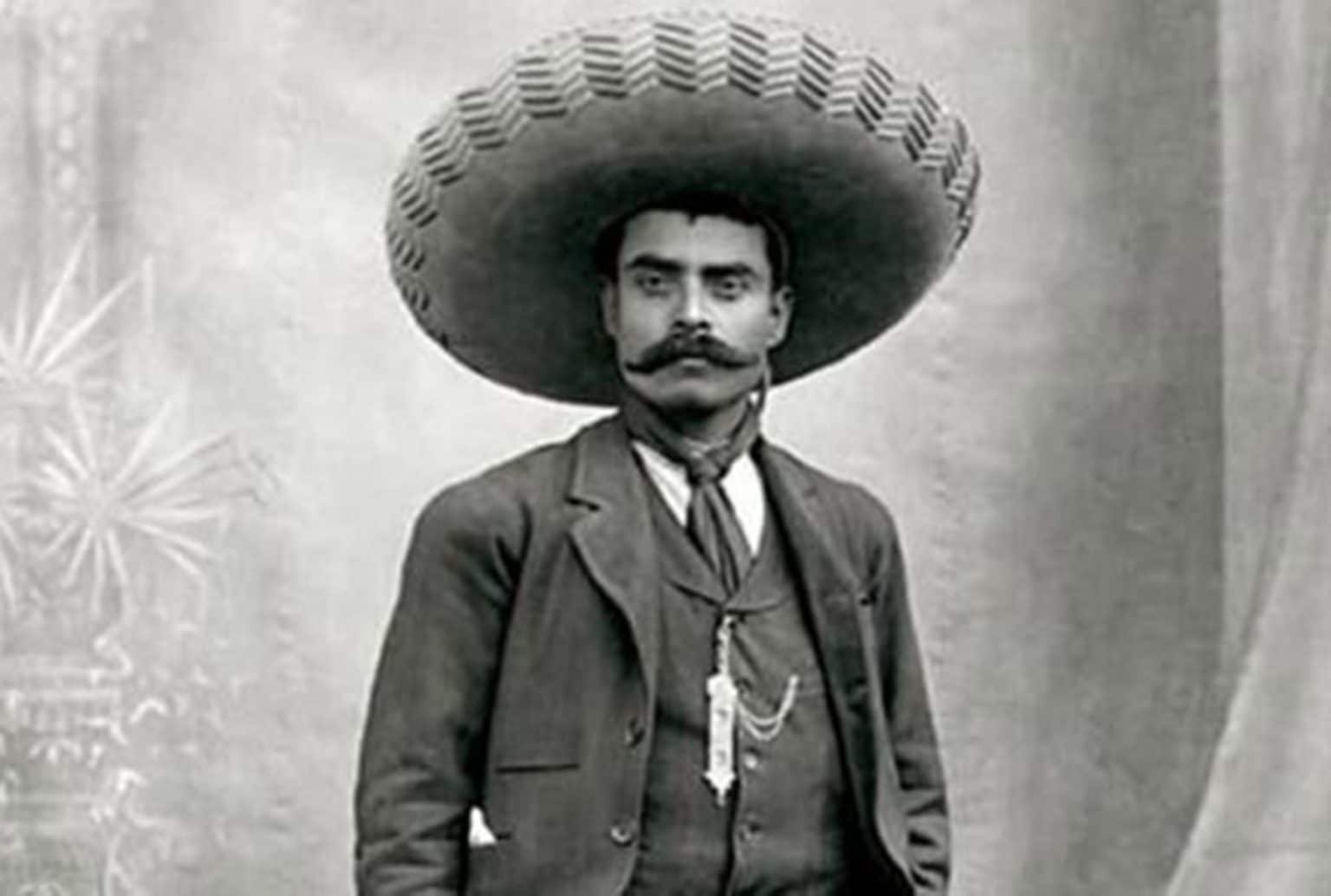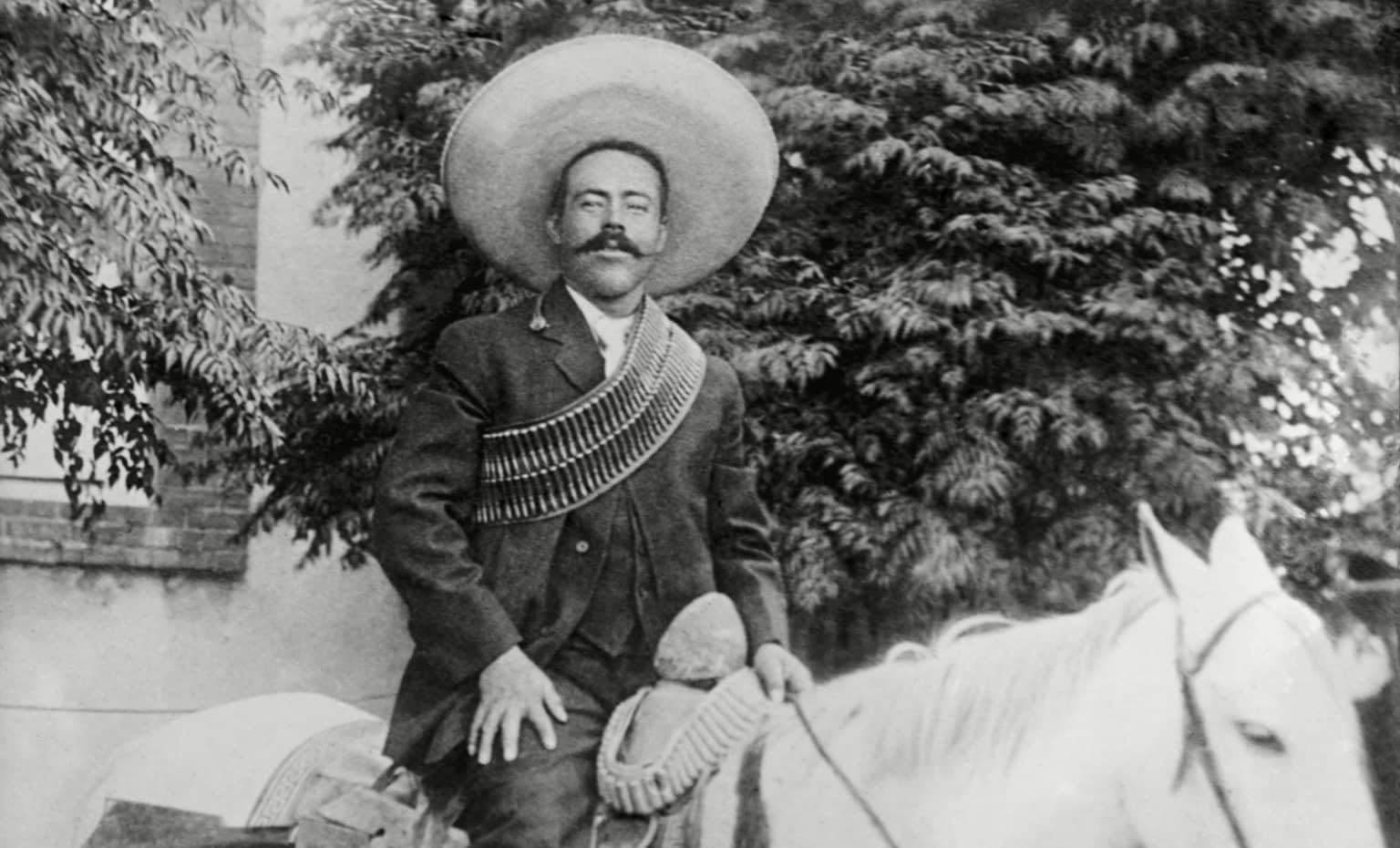
Guide to spend a day in Rancho Nuevo, Chiapas
The state of Chiapas in Mexico, known for its large tropical forest filled with archaeological sites that tell of its history, has become a tourist
En visitant notre site, vous acceptez notre politique de confidentialité concernant les cookies, les statistiques de suivi, etc.
The Mexican mustache is a cultural trend, very much rooted in the patriotic histories of Mexicans. Mexicans value their moustache, not because it is a trend, but because it is a link to their culture. Nowadays, mustaches are not as fashionable as they were in the 60’s and this trend is slowly disappearing with the new generation of young people who do not necessarily adopt this fashion. However, the mustache remains a real myth among Mexicans and it shows the character traits of a person in Mexico. Looking for more information? This complete document will tell you absolutely everything!

The history of Mexico is strongly marked by men (and even women) with prominent mustaches, which for many were their most characteristic physical feature, even imposing new styles that reflected the strength and power of a man at the time. For Mexico, the mustache is linked to patriotic pride and for this reason, today we are going to talk about the origin of the Mexican mustache. Many agree that this fashion appeared with the Mexican revolution and that, over time, it was strongly represented in national movies and novels that, soon after, were brought to the big screen in other countries. Many of the acclaimed “fathers of the nation” had moustaches, some large, some smaller, but it was undoubtedly one of the characteristics that united them. All this fashion has remained a cultural symbol of Mexico that is still valid today.
The origin of the moustache is the testimony of the power, the wealth and the greatness of the person. All the founders and historical figures who have marked the history of Mexico and participated in its foundation wore one. Unanimously, the mustache is, without a doubt, linked to patriotism, attachment and love for the nation and pride in being worthy of one’s Mexican nationality. The Mexican mustache has evolved over the years and through the generations. In the past, the denser and less disciplined it was, the more it was a sign of virility, dominance and authority. Today, there is only one type of Mexican mustache, which is the thick and short mustache. Indeed, the mustache that tends downward being that of the Mexican bandits and drug dealers in the westerns, is nothing but a myth. However, it is known that for a Mexican, losing his mustache is worse than losing his hair. This marks the enormous importance that the Mexicans gave to the mustache. It is necessary an effort of maintenance to look after this physical aspect for example: comb, wax…. This mustache is the one that stereotyped the Mexican in the world and it is one of the most important elements of the Mexican history.
PS: If you want to find some typical objects of Mexico, we recommend you to visit the site of the Tienda Latina Grenoble, which proposes a crowd of typical objects!
There is no doubt that men’s facial hair has always been synonymous with virility, strength and power, but it has also been attributed other meanings such as wisdom, power and social status. In Mexico, the mustache is part of the historical political and ideological movements of the men who wear it and through it show to others their social class and power.
Are you still missing a suitable accessory to have the perfect Mexican look? Then this mustache is exactly what you need.
Some examples of characters who marked the Mexican revolution with their mustache.
He was the most famous Mexican dictator, and used the Mexican mustache from his early age. It is the most characteristic physical element of this character, and his mustache exuded the authority that was established in him.
With a prominent and neat mustache, which he styled with curved side tips, the former president and dictator of Mexico, Porfirio Díaz, sought to imitate the European style in his physical aesthetics to symbolize his social status. One could say that his physical aesthetic of the time, especially his prominent mustache, was a representation of the Mexican elite of the time. It is known that Porfirio Díaz wore a mustache since his youth and that he took care of it, because his physical appearance was very important to him.
He was one of the greatest politicians and businessmen of Mexico in his time, and was one of the main and great promoters of the Mexican Revolution. He really participated in the development of the Mexican city. His moustache shows without a doubt the person of character that he was.
This man is the symbol of peasant resistance in Mexico! He also played an important role in Mexican history by his actions. He had a moustache so full and so distinctive that it became his most distinguishing physical feature. It was the thing that made him stand out the most whenever his face appeared in public.
There is no doubt that the most characteristic physical feature of the “Caudillo del Sur” was his big and exuberant mustache. For many, Emiliano Zapata was the man who best represented the Mexican revolution, because he fought for the rights of the peasants and the restitution of legitimate lands, which is why he was so revered in Mexico. His mustache was so characteristic of him that many of his followers decided to imitate him and grow the same mustache. The adoption of this style of moustache was such that today, on national holidays, especially on November 20th, fake moustaches are sold like the one of Emiliano Zapata. You can find a similar model for sale above in our article.
Doroteo Arango is the real name of Pancho Villa. He was a kind of celebrity in his time in Mexico, and his thick and bushy mustache that went far beyond the corners of his mouth gave him a very manly touch and brought out the character that was in him. A bushy, thick and very manly mustache, linked on the one hand to the lower class and on the other hand to masculinity, due to the life of a bandit that he led for a long time before becoming a decisive element of the Mexican revolution. Pancho Villa was so well known for his exploits and his moustaches that there is a Mexican delicacy called “Bigotes de Pancho“, which are small cylindrical rice cakes soaked in milk or coffee and sometimes spread with jam. The name is due to their appearance, as they look like mustaches, and for this reason they were named after Pancho Villa.
Over the past decade, Mexico has seen a boom in men’s mustache fashion, with even the creation of barbershops specializing in beards and mustaches. In addition, there are many Mexican product brands focused on men’s facial hair health. From creams and conditioners to products that target facial hair growth, men are becoming increasingly concerned about caring for their beards and mustaches. For many people, to think of a Mexican is to think of a big, burly, mustachioed man who likes tequila and mariachis, which has been stereotyped by old movies and soap operas. There are Mexicans who would rather lose their hair than lose their moustache, so great is the idolization of the moustache in Mexican culture.
The moustache may not be in the limelight as in the old days. Unlike in Mexico, where it is part of its history and until now some still hold on to it because it brings out the personality residing in them.
AUTRES ARTICLES

The state of Chiapas in Mexico, known for its large tropical forest filled with archaeological sites that tell of its history, has become a tourist

In Latin America, Chile is a very popular destination for tourists for its rich natural and cultural heritage. Here are 5 places of the country to discover off the beaten track.

We are in the 21st century and, unfortunately, there are more chances to find an Internet café or a connection anywhere in the world than

For lovers of cultural travel, Chiapas is an inexhaustible source of discoveries and museums of all kinds. History, culture, botany, science, technology, religion, archaeology.

Puerto Arista is the most popular beach in Chiapas, where you will find everything you need to have a great time.

Pancho Villa was one of the leaders who carried out the Mexican Revolution and gave his country back its power. Learn who Pancho Villa was.
Alma De Chiapas
22 blv Maréchal Leclerc, 38000, Grenoble, France
blablabla@alma-de-chiapas.com
@Copyright 2020 Alma de Chiapas
Legal Notice
Privacy policy
Design & Creation by Upleeft